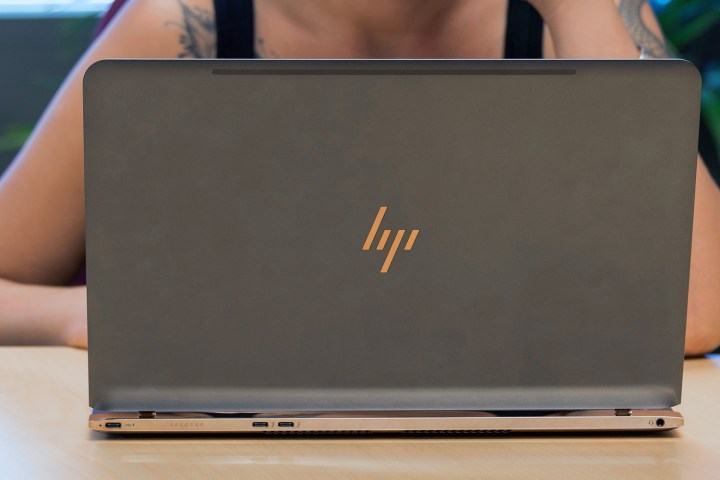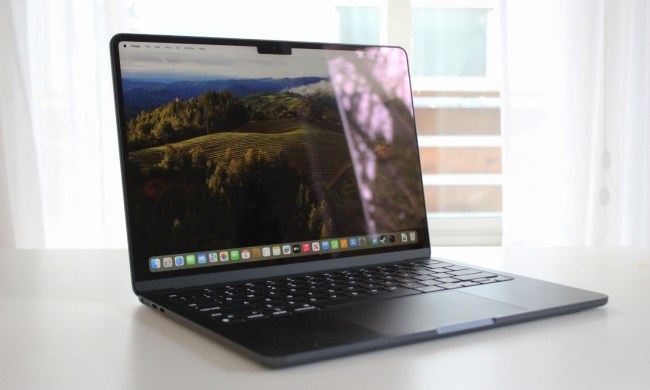
The voluntary recall pertains to lithium-ion batteries containing cells manufactured by Panasonic. They’re compatible with HP, Compaq, HP ProBook, HP Envy, Compaq Presario, and HP Pavilion laptops.
The potentially dangerous batteries were shipped with computers between March 2013 and October 2016. Users can check to see whether they’re affected by looking for a barcode starting with one of the following sequences; 6BZLU, 6CGFK, 6CGFQ, 6CZMB, 6DEMA, 6DEMH, 6DGAL, and 6EBVA. If the barcode on the back of the battery starts with one of these strings, you should stop using it immediately.
HP previously conducted a battery recall in June 2016, at which time some 40,000 units were taken out of circulation, as per information published by the Consumer Product Safety Commission. However, it’s expected that a further 100,000 batteries are affected by the issues that prompted the second recall.
The company warns users that batteries identified as unaffected by the earlier recall could still be dangerous. As such, it has recommended that all users check their battery’s barcode, even if they already examined the component when the warning was issued last year.
Affected users can still use their laptop without a battery by keeping it plugged into AC power while the system is in use. HP will provide a free replacement battery to anyone in possession of a unit bearing the telltale bar code.
Customers are instructed to call HP toll-free from 9 a.m. to 8 p.m. ET at 888-202-4320 to claim their replacement battery. Alternatively, they can start the process online by visiting this page on the company’s website.


